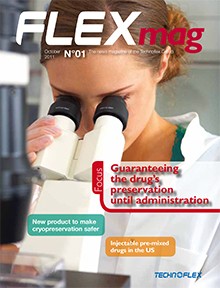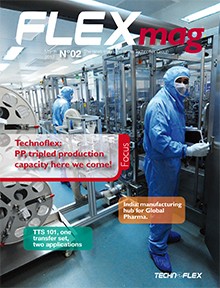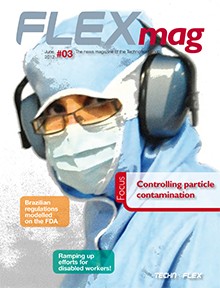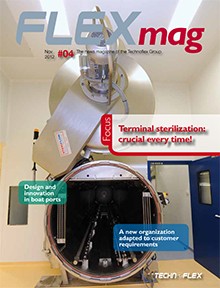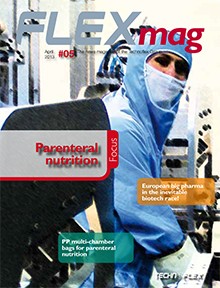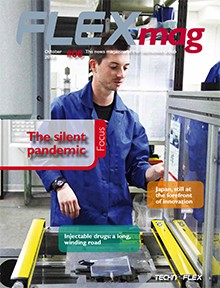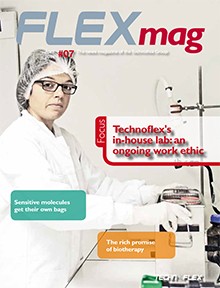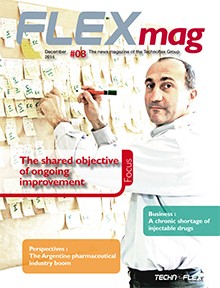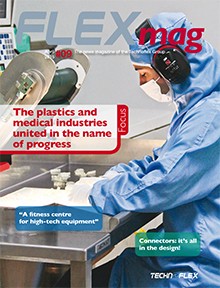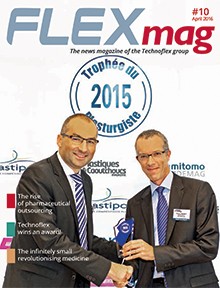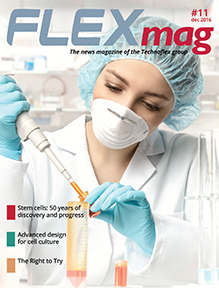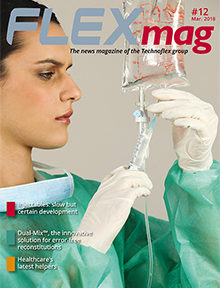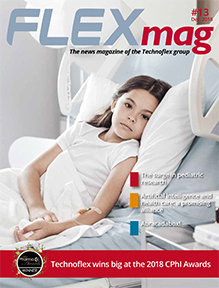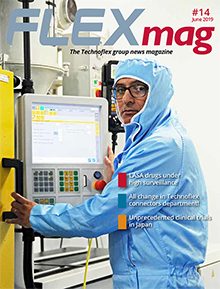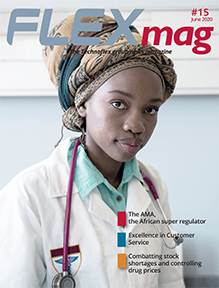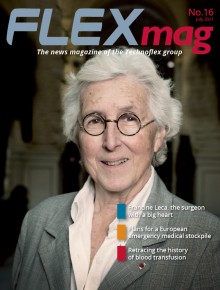Technoflex’s in-house laboratory
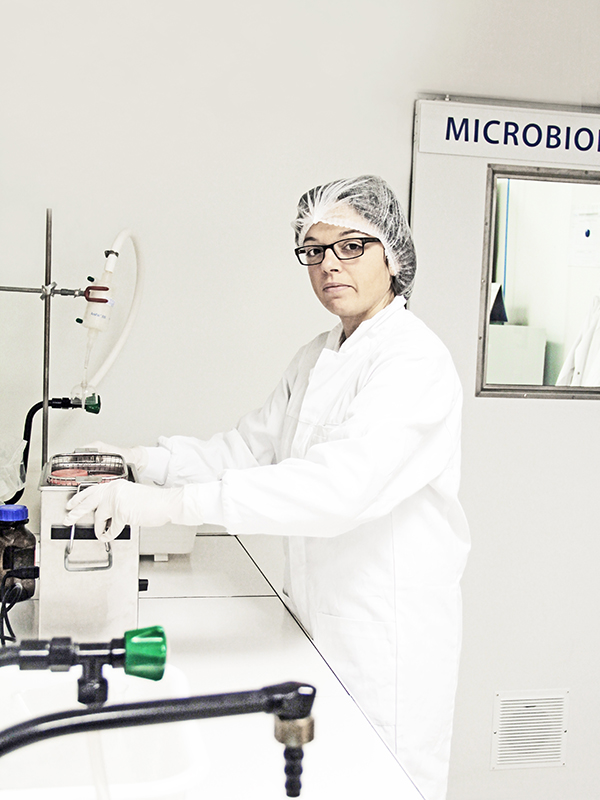 The pharmaceutical industry has a fundamental need: to provide high-quality drugs whilst guaranteeing patient safety. In order to meet this requirement the products have to be of impeccable quality, and total control over particulate and bacterial contamination is paramount. At Technoflex this means control over raw materials, the environment and products. This is the key mission of Technoflex’s in-house laboratory, which conducts physical, chemical and microbiological analyses.
The pharmaceutical industry has a fundamental need: to provide high-quality drugs whilst guaranteeing patient safety. In order to meet this requirement the products have to be of impeccable quality, and total control over particulate and bacterial contamination is paramount. At Technoflex this means control over raw materials, the environment and products. This is the key mission of Technoflex’s in-house laboratory, which conducts physical, chemical and microbiological analyses.
It is an ongoing process that allows no exceptions. The raw materials are received in the form of pellets, films, tubes or sheaths and are then subject to an in-depth analysis. The first verification is a comparison between the batches received and a reference batch: only the results of spectrophotometer analysis and differential scanning calorimetry (DSC) can establish the conformity of the materials. Once released from this phase they can integrate the manufacturing process. During differential scanning calorimetry the fusion and crystallisation temperatures of the polymers are evaluated precisely. These values will be useful for optimising the bag welding parameters and are also of significant interest to R&D developments (new projects, new formulations).
Staff members, tools and manufacturing processes are all potential sources of contamination. It is thus crucial, and indeed mandatory, to conduct regular checks on the environment in order to avoid any such contamination, either particulate or bacterial. Two of the recurring targets of inspection are the air and the work surfaces, in particular the critical zones due to their proximity to the product.
Sampled at the start, midpoint and end of the manufacturing cycle – after a strict environment inspection – the connectors and bags undergo examinations to guarantee their purity and integrity. Suspect number one: non-visible particles, as they represent a major risk to patient safety and their presence may cause anaphylactic shock. Technoflex’s in-house laboratory uses a light-blocking particle counter to calculate both the number and the dimension of these particles, in accordance with European pharmacopoeia 2.9.19. Bacterial endotoxins are another potential culprit. These are pyrogens with the particular feature of resisting terminal sterilisation. To check that the product is free of them, the lab uses a LAL (limulus amebocyte lysate) reagent. This is a rapid, reliable alternative method approved by the FDA. Conducted routinely on the entire production, it is a prerequisite to any validation, as each change of raw material or environment, or the arrival of a new machine, will have an impact on the whole process. The final step is an analysis of the bioburden. It is common knowledge that terminal sterilisation alone does not necessarily guarantee that the product is totally sterile. The efficacy of this phase depends on the initial burden of the primary packaging in terms of micro-organisms. To determine their number and nature, bioburden trials are imperative. Entirely carried out in a class A (ISO 5) laminar flow cabinet, this test ensures that the future terminal sterilisation will be efficacious.
An ongoing work ethic
With more than 10,000 analyses conducted each year, the Technoflex physical and chemical analysis laboratory has proven expertise. Its integration has not only improved knowledge of raw materials and manufacturing processes, but has also resulted in better responsiveness to potential contamination, for example the rapid implementation of investigations. Thanks to all these inspections, Technoflex can guarantee the end-to-end integrity of its production.
The lab in figures
- 3 people
- More than 10 000 analyses annually
- 12 inspections: DSC, IR, UV, non-visible particles, Bioburden, identification of micro-organisms, LAL, pH measurement, heavy metals, calcination residue, Search for reducing substances, non-volatile residue.
Sylvie Ponlot



